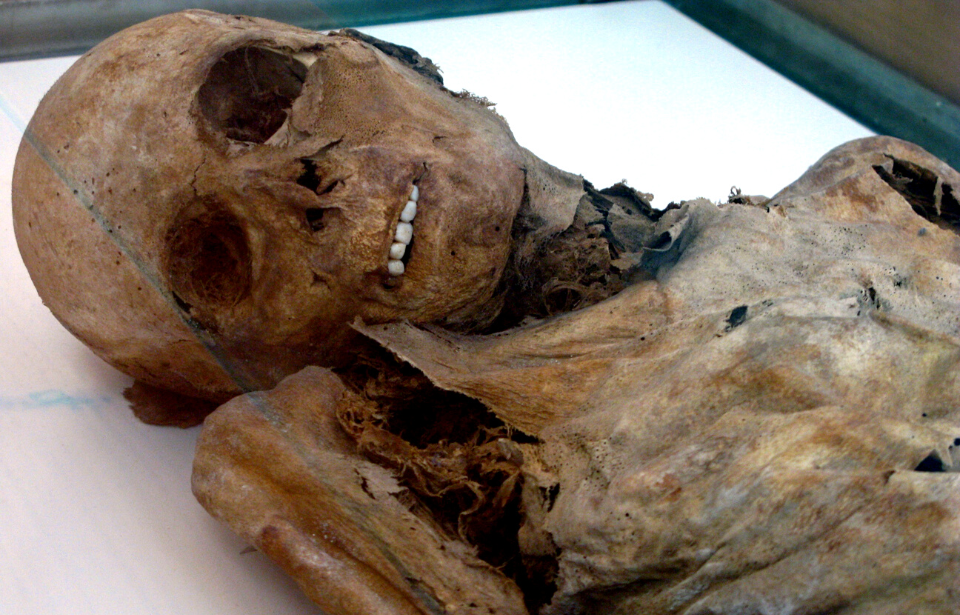In the small, fortified town of Venzone in Italy, a remarkable discovery was made in the 17th century. Several mummified corpses were found in the crypt of the town’s chapel, but how they got to be that way was a mystery. Since their removal from the crypt, archaeologists have been fascinated with the natural mummification process that had taken place. Even today, it remains a mystery.
The mummies were spotted during construction
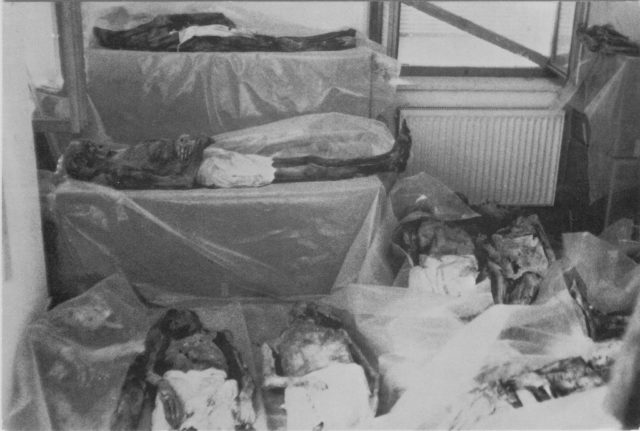
Workers were doing construction on the town’s cathedral in 1647 when they came across the first mummy. They were employed to expand the 14th-century chapel and were working in the crypt when they discovered the tomb located below the floor.
The mummy they discovered was in a unique state. It dated back to the 1300s when the tomb was first built. The body was without any fluids and its skin had turned dry, similar to the consistency of parchment paper. It weighed about 33 pounds and this first mummy had a curved back, earning it the nickname “Gobbo” (meaning hunchback). Construction workers left Gobbo where it was as they could not extract it safely.
More mummies were discovered
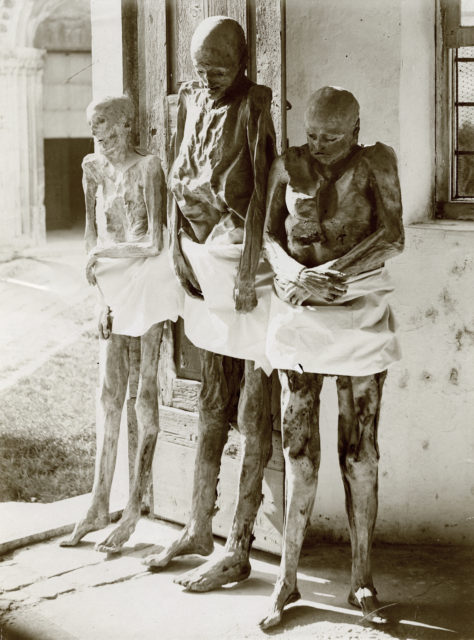
Later, several other mummies, up to 40, were also found in the crypt. They all weighed between 22 and 44 pounds and shared the common feature of being completely dried out and preserved. It wasn’t until the 19th century that they were extracted from the tomb and moved above ground. From there, the mummies traveled to the Museum of Vienna, the University Cabinet of Padua, and the Church of the Invalids in Paris.
Twenty-one of the mummies were in the Upper Chapel above the crypt when they were found in Venzone. However, in 1976, the town suffered a very serious earthquake. It was so strong that several buildings in the area were completely leveled. The chapel was not free from damage, and six of the 21 mummies stored there were destroyed. The remaining 15 can still be found in Venzone, which was rebuilt over time.
How were the mummies so naturally well preserved?
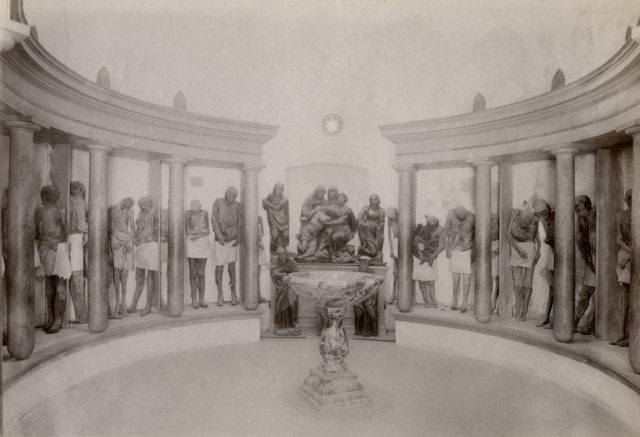
As these bodies were not intended for mummification, the process had to have occurred naturally. Researchers believe that the natural mummification process began one year after their burial. How it occurred, however, still stumps researchers today. There have been multiple theories posited that possibly explain how these corpses dried out entirely but with their skin remaining extremely well preserved.
For one thing, there was an unknown fungus in the crypt in which the mummies were found. The fungus was on the tomb walls and on the coffins of the mummies, and its ability to absorb significant amounts of liquid meant that it could have had something to do with the drying process. The fungus was named Hypha tombicina, for the name of the tomb where it was found.
Others have discredited this theory, believing that there simply was not enough fungus present in the tomb to absorb the sheer quantity of liquid and preserve the bodies so pristinely. Instead, it has been suggested that the limestone floor of the crypt provided the right climate for mummification. Some people believe it may have been a combination of both factors.
No more samples, no conclusive answers
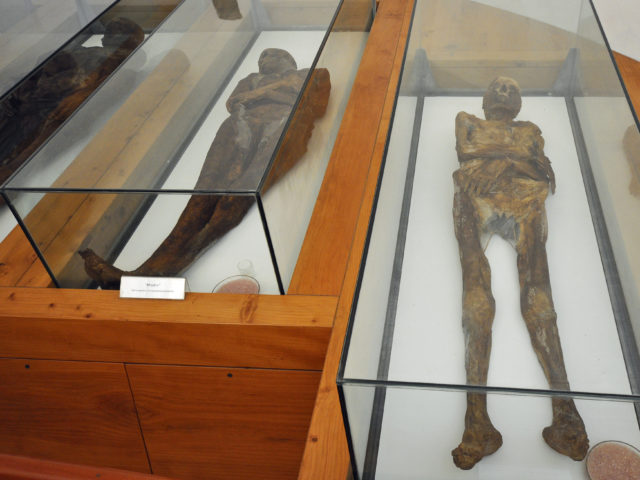
Unfortunately, it doesn’t seem as though a definitive answer will be reached anytime soon. The mummies are important to the people of Venzone, and archaeologists have long been denied any further sampling of their corpses. Religious and personal reasons have prevented those in authority from allowing any kind of meddling with the bodies.
As such, the archaeologists hoping to understand how the mummies were naturally preserved have limited options for their research. They have access to the original samples that were taken during the extraction and transporting of the various mummies, but little can be traced from that. They can also try to replicate the conditions of the crypt where the mummies were found. Unfortunately, this has also proven to be extremely tricky and has not been completed successfully.
More from us: CGI Helps Unwrap The Faces Of 5 Famous Mummies
Thus, the preservation of the Venzone mummies remains a mystery for now.
